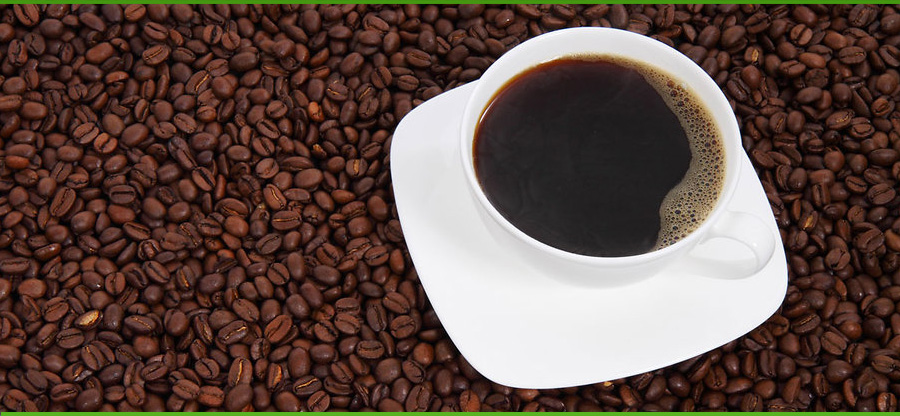The UK is one of the biggest coffee consumers in the world with an estimated 70 million cups drunk per day. And while many people get their kicks from instant coffee, there are still plenty who take their caffeine the traditional way.
This means that many households across the country are left with a surplus of soggy coffee grounds which are often poured down the sink or thrown away. But in addition to hard-wiring half the population of Great Britain, it seems that coffee grounds are also useful as a plant fertilizer. So don’t dispose of them, instead put them to good use. Here’s a brief guide on how they can help.
Coffee grounds contain significant amounts of phosphorous and potassium. Also present are small amounts of calcium, magnesium, copper and other trace minerals. Some of these elements can be very helpful for the growth of plants such as roses, tomatoes, azaleas and even avocados. They’re also organic in composition so they are able improve drainage and water retention in soil.
Some contend that coffee grounds lower the soil’s pH levels and are therefore only useful for acid-loving plants such as those mentioned above. While this is certainly true, it only applies to grounds which haven’t been rinsed. Those which have been rinsed will have a neutral pH level that has no impact on the soil’s acidity.
If you are working with acid-loving plants then you can apply the coffee grounds directly to the soil without treating/rinsing them. It’s merely a case of sprinkling a handful near the roots. This should be done during spring in order to enhance the acidifying effect. As a result, plants such as cranberries, citrus fruits and blueberries should reap the full benefits of your recycled coffee grounds.
However, if you’re concerned about affecting other plants and want to take an extra precautionary step in addition to rinsing, consider adding a pinch of agricultural lime. Lime contains alkaline which will neutralise the coffee ground’s acidity which means that you can use them as a soil conditioner or mulch (remember to use carefully and check instructions / warnings before use!).
Coffee grounds can also be employed as liquid plant fertiliser that can provide plenty of useful nutrients to your plants. To prepare a plant-food solution like this, it’s simply a case of gathering together around 200g of grounds and mixing them in a bucket of water. Let the contents sit for a few days before straining the grounds out. You can then use the remaining liquid to water your plants. Labour intensive yes, but super environmentally friendly!
If you’d really like to push the boat out, you can also use your leftover coffee grounds as compost. It’s been found that grounds can be very useful in speeding up the decomposing process, providing an additional source of organic matter. To include coffee grounds, simply add them to a pre-existing compost heap. It is however worth noting that there are two types of compost; green and brown. When adding large amounts of coffee grounds, which are considered to be green, be sure to balance it out by also adding brown compost such as leaves, twigs, straw or newspaper.
So there you have it. The next time you’re sipping your morning coffee, think about how your garden could also be enjoying the benefits!







